Bronze ware is one of the carriers of ancient splendid civilization, which is made of bronze and made by a very special technology (today's people call it bronze casting technology). The bronze utensils of Shang and Zhou dynasties in China were not only containers for holding objects, but also ritual utensils in the temples, among which the most important one was the tripod.
鼎是一种食器和礼器,流行于商至汉代,造型以圆腹、双耳、三足为主,各时期的特点又有所不同。其被后世认为是所有青铜器中最能代表至高无上权力的器物。
Ding is a kind of food utensil and ritual utensil, popular from Shang Dynasty to Han Dynasty. Its shape is mainly round belly, double ears and tripod. The characteristics of each period are different. It is considered by later generations to be the most representative of supreme power among all bronzes.
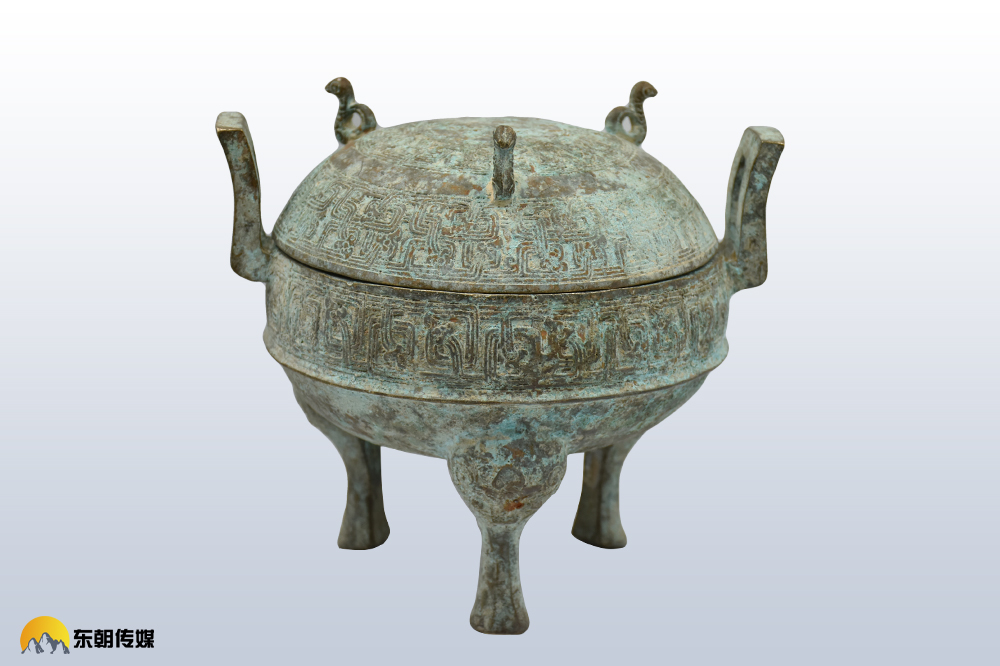
口径宽:21.6cm 高:18.5cm
Caliber width: 21.6cm Height: 18.5cm
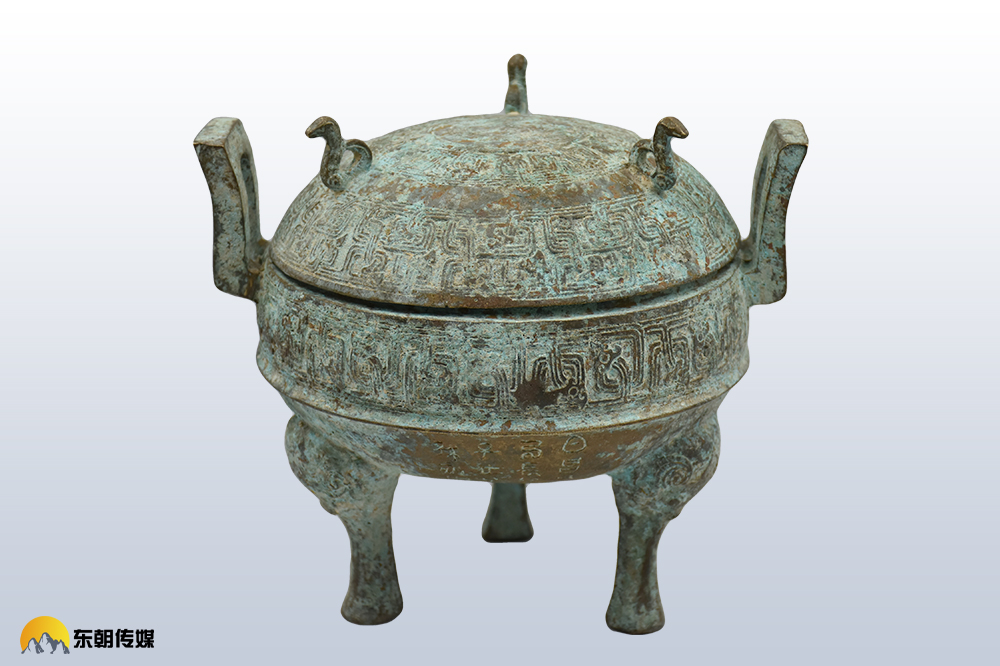
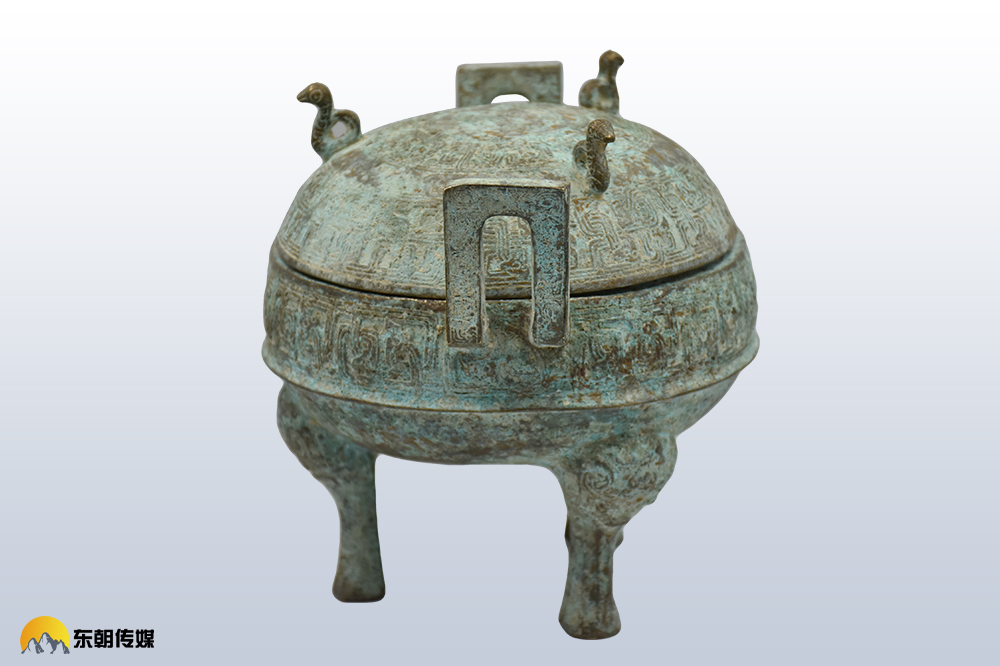
此鼎三足,双立耳,有鼎盖。鼎腹及鼎盖皆刻有商周时期的纹饰,皮壳锈斑美轮美奂,数千年来侵食之锈,保存完好,青绿斑斑。造型雄伟祥和,气势宏大,形式古朴典雅,美观庄重,极为自然。
This tripod has two ears and a tripod cover. Both the belly and the lid of the tripod are engraved with the decorative patterns of the Shang and Zhou dynasties. The rust on the skin is beautiful. It has been eaten for thousands of years. It is well preserved and green. It has a grand and peaceful shape, a grand momentum, a simple and elegant form, a beautiful and solemn appearance, and is extremely natural.
鼎是我国青铜文化的代表。鼎在古代被视为立国重器,是国家和权力的象征。直到现在,中国人仍然有一种鼎崇拜的意识,“鼎”字也被赋予“显赫”、“ 尊贵”、“盛大”等引申意义,如:一言九鼎、大名鼎鼎、鼎盛时期、鼎力相助,等等。
Ding is the representative of Chinese bronze culture. In ancient times, Ding was regarded as an important tool for building a country and a symbol of state and power. Until now, Chinese people still have a sense of tripod worship, and the word "tripod" has also been given extended meanings such as "distinguished", "distinguished", "grand", etc., such as: nine tripods in one word, famous tripod, heyday, great help, etc.
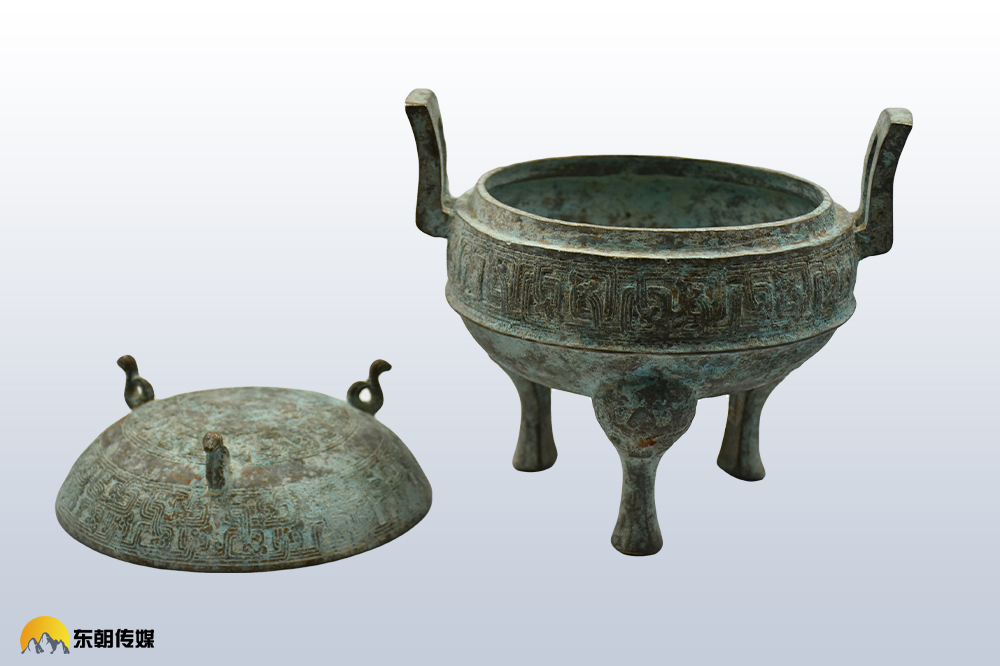
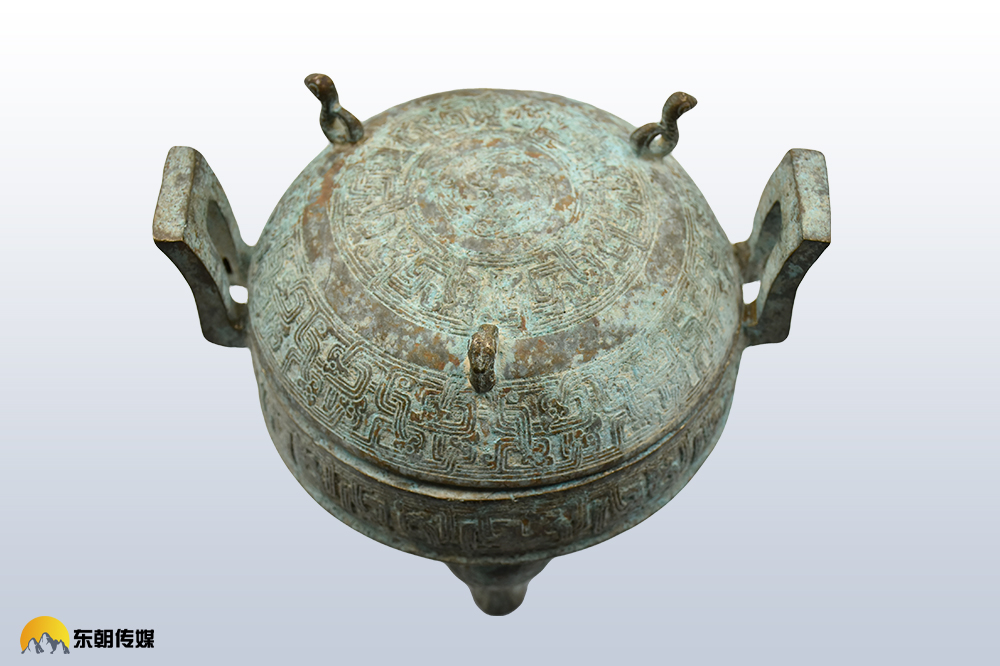
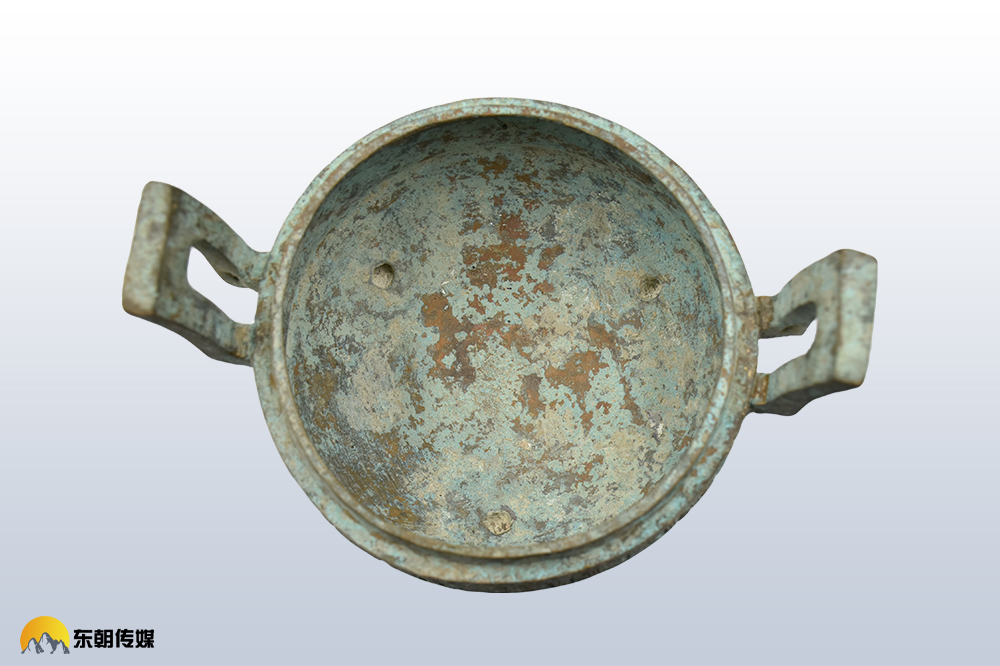
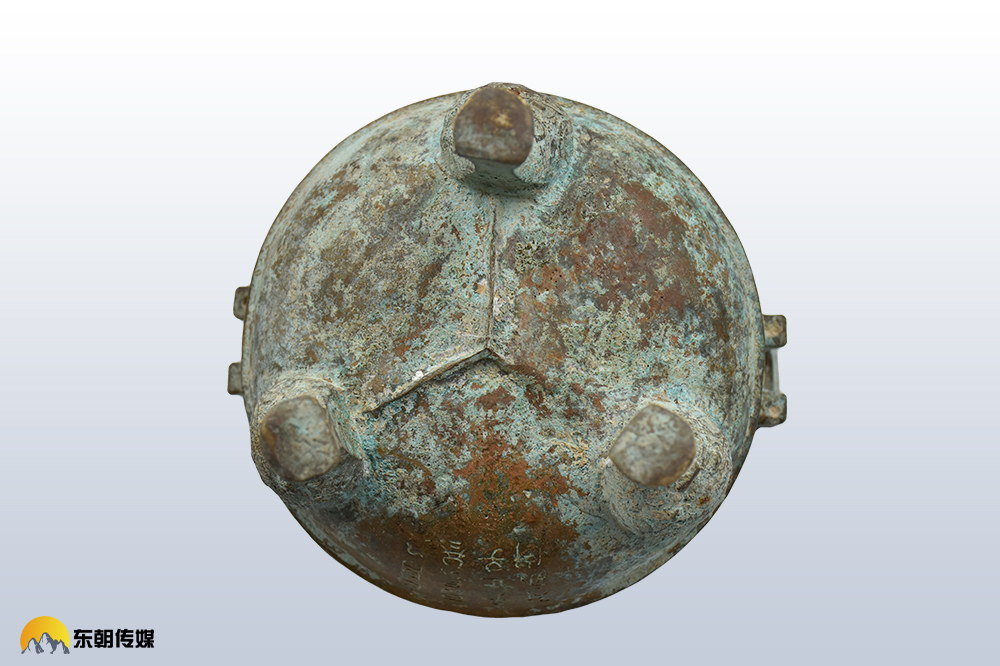
鼎作为古代象征这权力的艺术文物,流传至今,仍然保存完整的已经不多,这其中具有文化气息的青铜鼎更是百里挑一。
As an ancient art relic symbolizing this power, the tripod has not been preserved completely until now, among which the bronze tripod with cultural flavor is one in a hundred.
中国青铜器的发展主要经历了夏、商、周三个历史时期,其间青铜器的风格从庄严的艺术风格转向了朴实、简洁、明快风格。几何纹饰除了承载着演化前的实物韵味引发联想外,间接的寓意更为丰富,甚至具有朦胧多义的象征意味。因而此时期的器物多带有这种风格转变的特征。
The development of Chinese bronzes mainly experienced three historical periods: Xia, Shang and Zhou, during which the style of bronzes changed from solemn artistic style to simple, concise and bright style. In addition to bearing the physical charm before evolution, the indirect implication of geometric ornamentation is more abundant, even has the symbol of hazy polysemy. Therefore, most of the artifacts in this period have the characteristics of this style change.